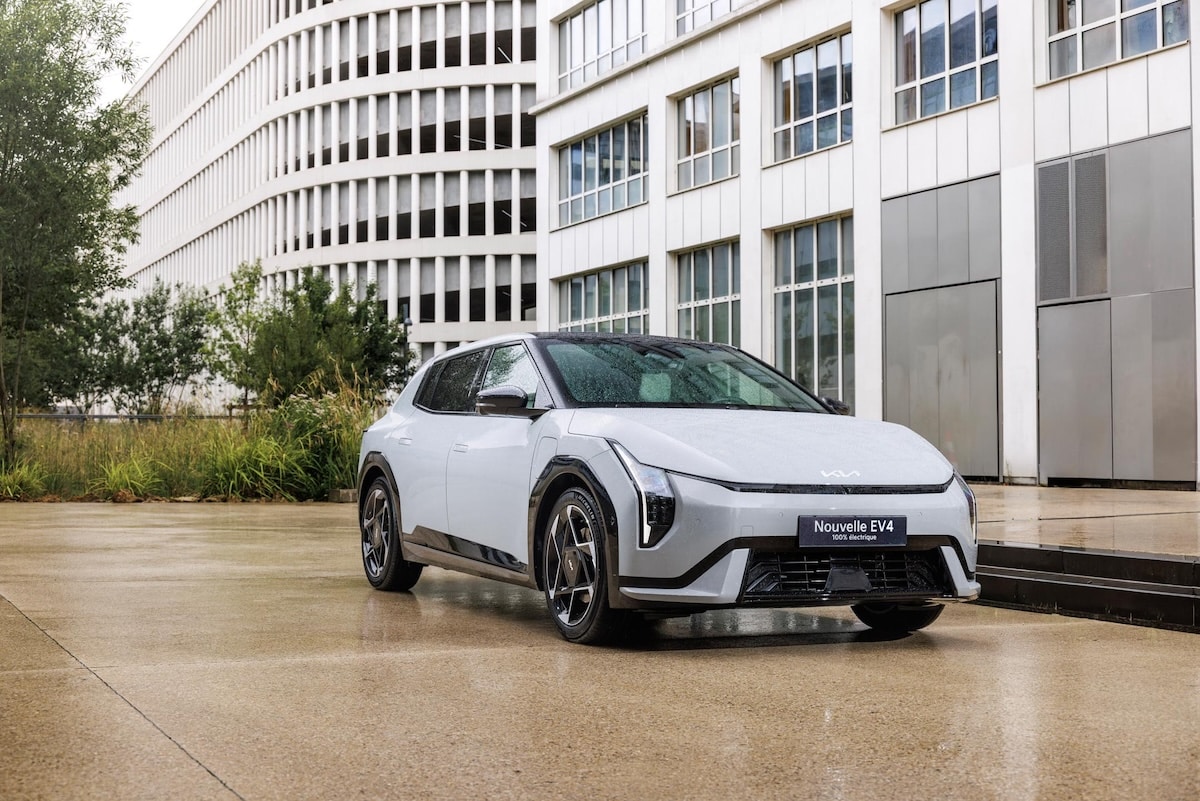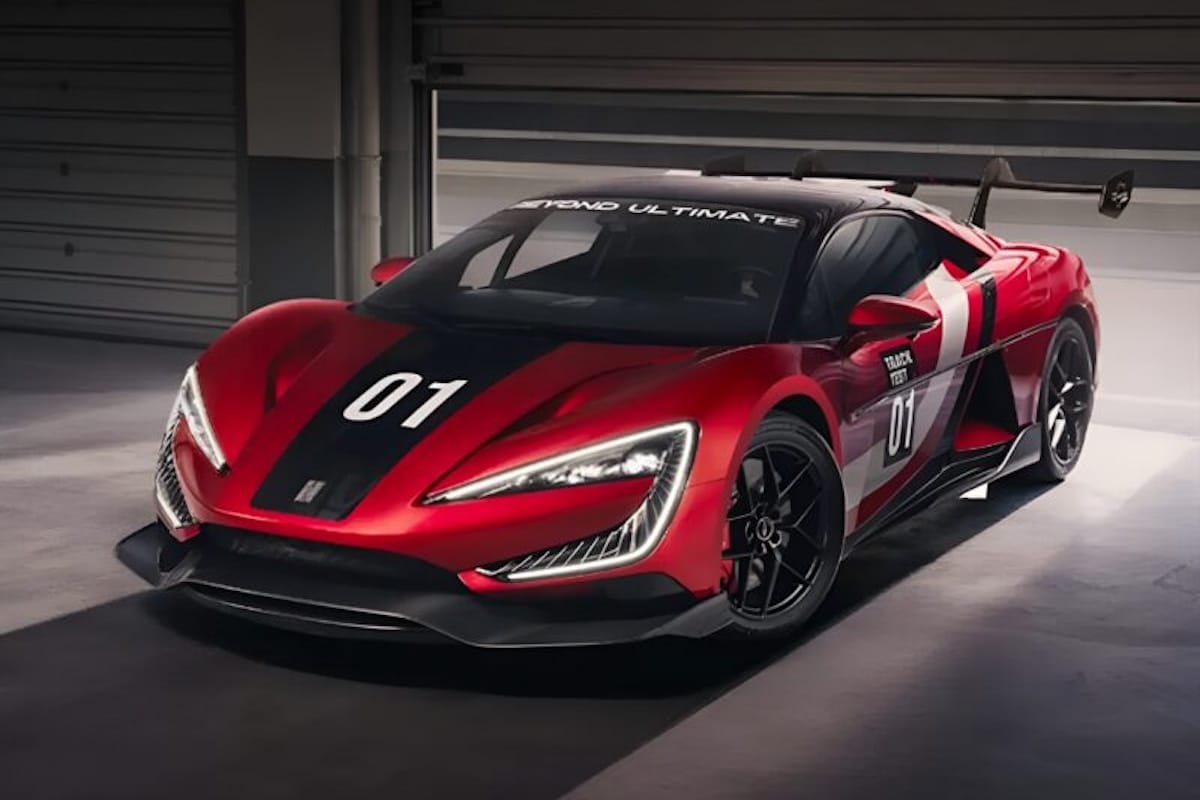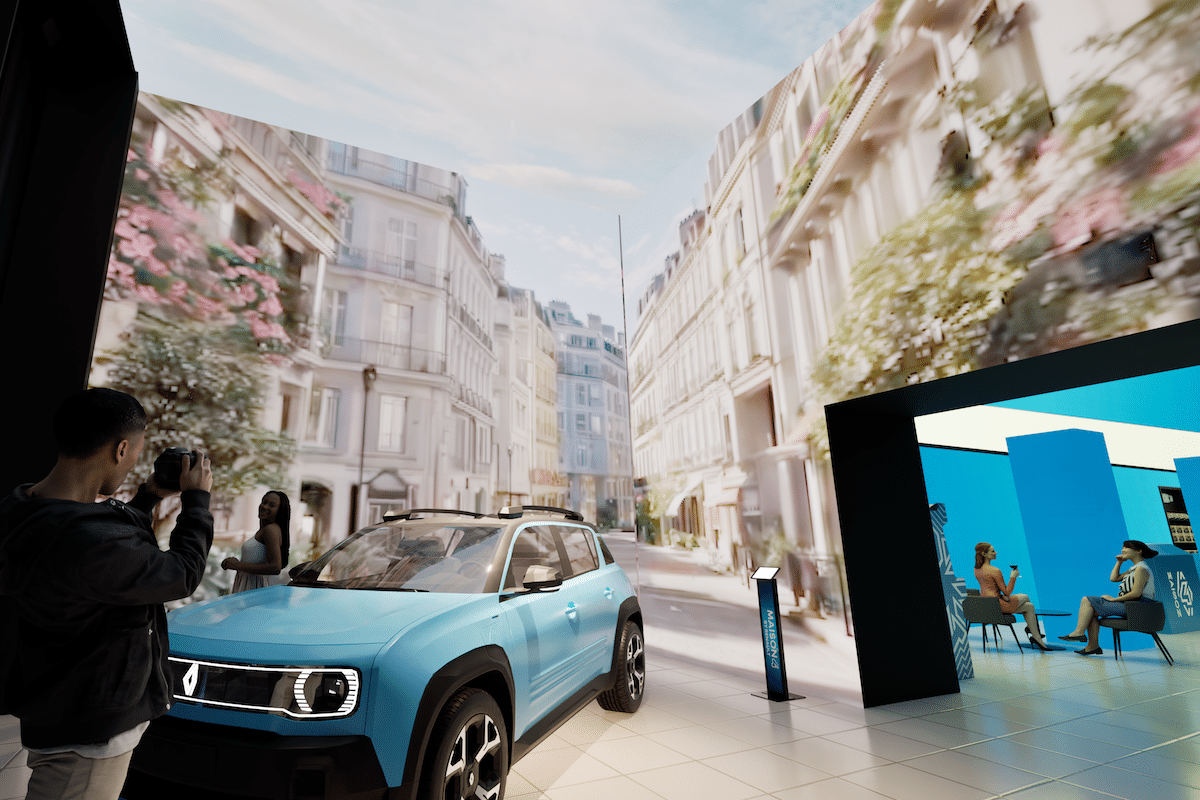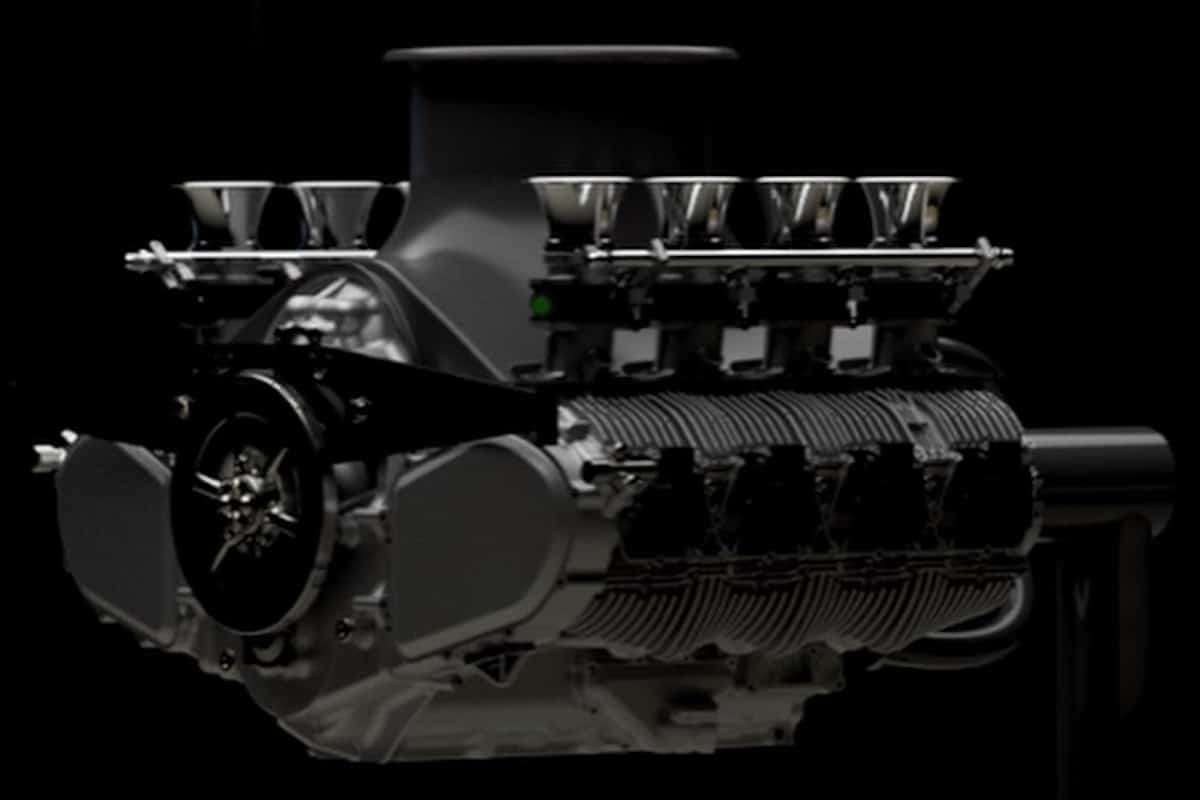Tesla: Why You Shouldn’t Rely on the Displayed Range?
This page is translated from the original post "Tesla : pourquoi ne faut-il pas se fier à l’autonomie affichée ?" in French.
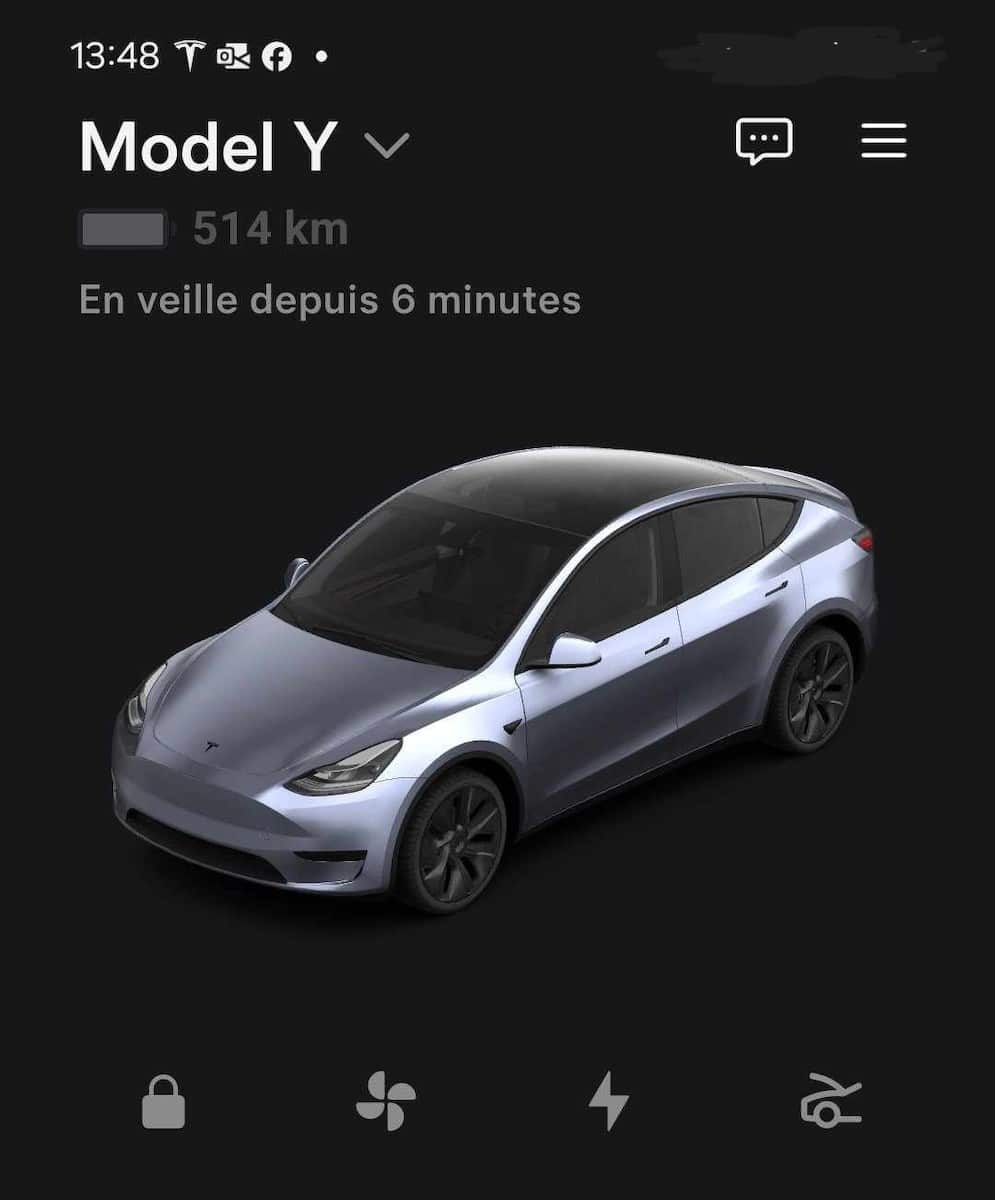
The question often arises: why is the autonomy promised by Tesla not being met… and why you shouldn’t worry!
On forums dedicated to Tesla, all newcomers ask the same unchanging question: “Why is the autonomy promised by my model not respected?” Everyone is a bit taken aback to find that their Model Y Long Range RWD, promised for 600 km in the mixed WLTP cycle, only shows about 533 km on the charging screen once filled to 99%. Even when brand new!
There’s no need to keep it a mystery any longer: the explanation lies in the method of calculating autonomy used by Tesla. It is indeed a source of frustration for European customers, but should we criticize Tesla for it? Probably not! We’ll explain why.
Tesla prefers American standards
The autonomy of electric vehicles is measured according to two main standards, EPA and WLTP, which differ in their approach and results. The EPA (Environmental Protection Agency) standard, used in the United States, is considered more stringent and realistic. It simulates a variety of driving conditions, including city driving, highway driving, frequent stops, and the use of equipment such as heating and air conditioning. EPA tests are conducted over a duration of about one hour, with variations in speed and an ambient temperature close to real conditions (23°C). These tests tend to reflect an autonomy that is closer to everyday reality, particularly by incorporating the impact of external factors and driving style.
In contrast, the WLTP (Worldwide Harmonized Light Vehicles Test Procedure) standard, primarily used in Europe, often yields more optimistic results. This test simulates several types of driving (low, medium, high, very high), but over a shorter duration (30 minutes) and in more ideal conditions, notably with a constant temperature and without significantly integrating the use of energy-consuming equipment like air conditioning or heating. WLTP results are an improvement over the old NEDC standard, but they remain less representative of actual driving conditions than EPA.
Tesla answers the question

Thus, while European vehicles often display higher autonomy ratings due to the WLTP standard, estimates based on EPA tests are typically closer to the experience you will have on the road. In summary, EPA reflects more varied driving and more realistic conditions, while WLTP remains a more optimistic approximation of vehicle performance in almost perfect conditions.
Tesla thus displays the remaining autonomy of its vehicles, including European ones, according to the EPA certification protocol. However, once in motion, and depending on external conditions, the loaded charge, etc., the calculation of this autonomy remains very approximate. This is also the case with a combustion vehicle, so there is no blame to be directed at Tesla.
Therefore, Tesla users prefer to display the remaining battery percentage to feel less stressed. Finally, the route planner is almost never wrong and will always take you to the right charging station before running out of battery. So there’s no need to stress.
READ ALSO: BMW i4: the hatchback, an argument that knocks out the Tesla Model 3
We also suggestthese articles:
Also read
